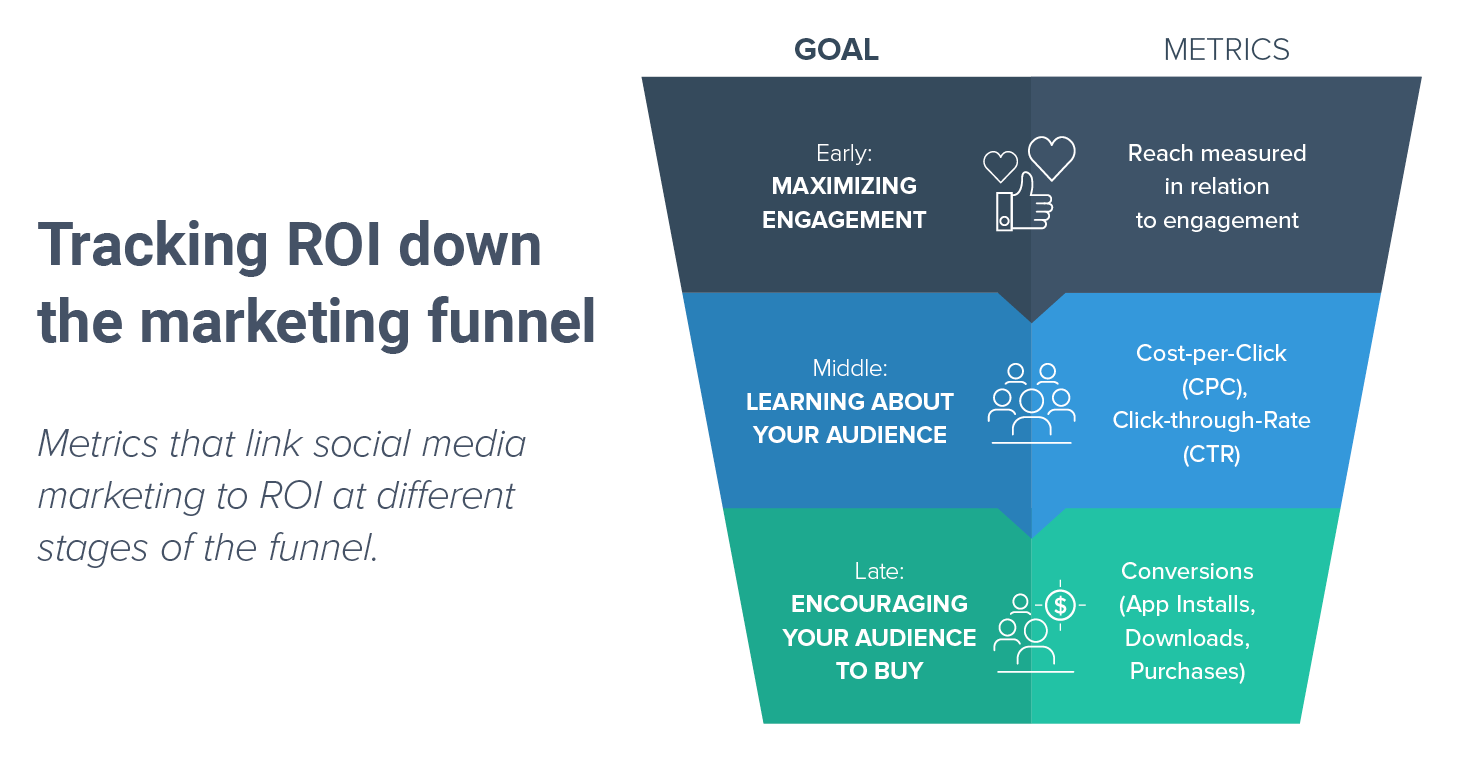You’re probably doing way too little marketing research.
Don’t worry, though, your competitors probably are too.
But that’s no reason to kick your feet on the table and celebrate a victory. Instead, you want to do marketing research so you can kick your feet up on a pile of cash instead.
No. But really. Marketing research is a crucial part of all successful businesses. And frankly, one of the reasons that not all business aren’t successful is just that.
Doing marketing research back in the days was a lengthy and demanding task. The process was ineffective, and it cost a lot of money.
On the flip side, things have changed, and now, we have social media.
It’s no secret that social media can drive amazing marketing results, help you build customer relationships, and so on, but have you also thought about the fact that social media marketing research is a really good idea?
First of all, it’s free (what?!). Second of all, your social media marketing research is dependent on people, and with the total number of social media users estimated to reach 3.03 billion people in 2021, it’s safe to say that social media has no lack of it.
Chances are, you’re doing some kind of marketing research, or at least trying to do so. But let’s stop guessing and trying, let’s start doing. If you aren’t yet using social media for social media marketing research, you’re missing out on incredible opportunities which, ultimately, will allow you to optimize your marketing strategy and boost your sales.
What is social media marketing research?
Heck, what is even marketing research?
I mean, the name itself is quite revealing, but you can never be too detailed.
As per Wikipedia’s definition, Marketing research is:
”the process or set of processes that links the producers, customers, and end users to the marketer through information used to identify and define marketing opportunities and problems; generate, refine, and evaluate marketing actions; monitor marketing performance; and improve understanding of marketing as a process. Marketing research specifies the information required to address these issues, designs the method for collecting information, manages and implements the data collection process, analyzes the results, and communicates the findings and their implications.”
It’s especially the words in the broad text we want to look at.
But we don’t just want to know about marketing research. What happens if we make the word ”social media marketing research instead”?
Well, the meaning wouldn’t change a lot, except:
Social media marketing research is: ”the process of using social media that links the producers, customers, and end users to the marketer through information used to identify and define marketing opportunities and problems; generate, refine, and evaluate marketing actions; monitor marketing performance; and improve understanding of marketing as a process.
Now, the bottom line here is that with social media marketing research, you’re obviously going to use social media as a research tool to better understand your target audience and the business opportunities available for your brand. This means using social media to understand your target audience’s pain points, their problems, and what they need help with.
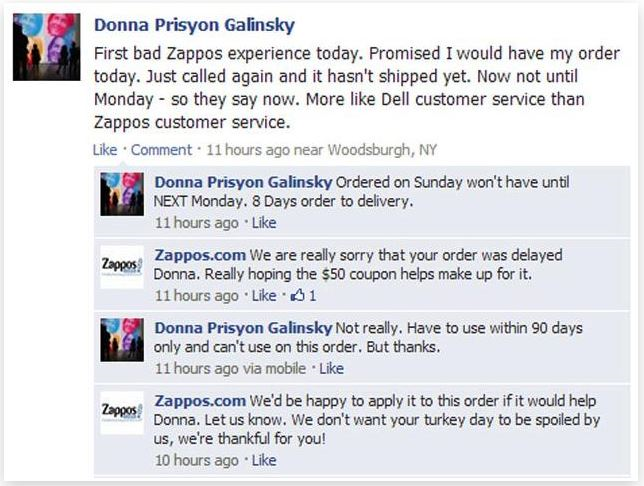
Fortunately, apart from the fact that billions of people are using social media, people also tend to share a lot of information on social media. And I mean a lot.
Heck, now it’s socially accepted to snap a photo of your food before you eat it, but I don’t judge.
This is great news for you as a marketer, though, because the more information people share on social media, the better you can leverage social media as a research tool to do social media marketing research.
Awesome, huh?
There are few places where marketers can get so much detailed and personal information about their target audience and their lives as on social media, so use it!
Social Media Examiner found that using social media for insights into the target market ranked as the third most valuable benefit of social media, of which 72 percent of the people spending 11 hours per week using social media for the research reported seeing benefits.
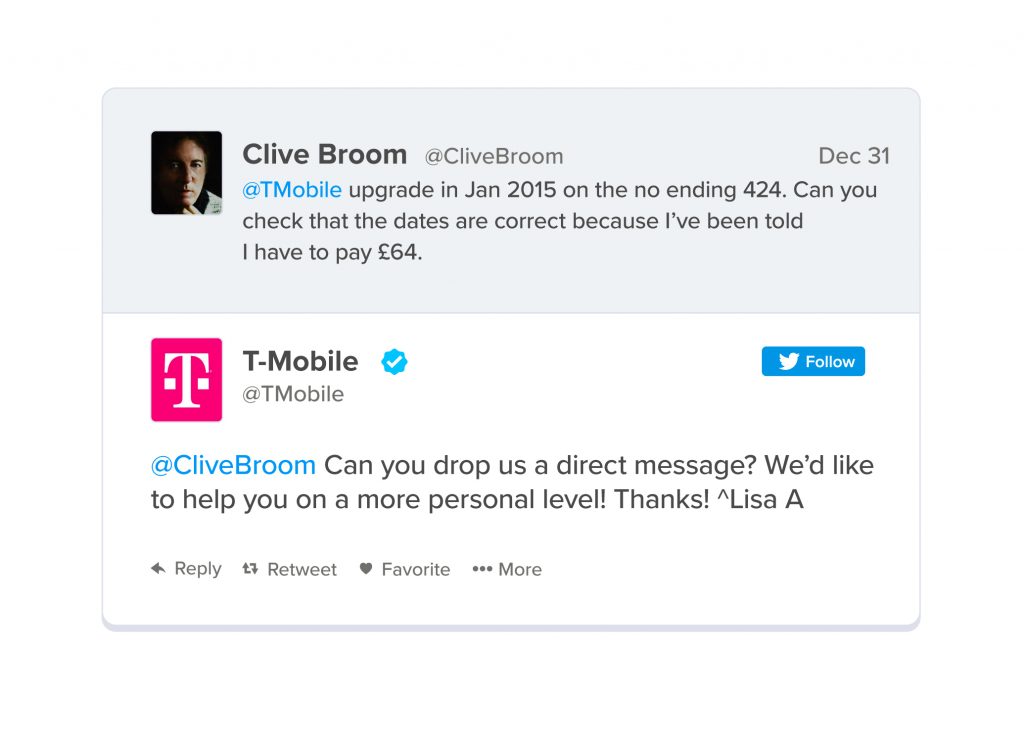
When most marketers think of social media, they think of yet another amazing way to shove ads in their target audiences’ face, but unfortunately, those who use social media like that miss out on huge opportunities. In fact, the statistic above proved it!
Social media is so much more than a promotional tool. It’s a relationship tool, customer service tool, and in this case, a marketing research tool. And when you consider the fact that 78 percent of companies planning to further integrate or begin integrating social media data into marketing campaigns, you know you’re in for a treat. This also means that more brands are understanding the immense value of social media – not just from a promotional standpoint but from a research standpoint as well.
And as with all tools, a social media marketing research if you know how to use it properly. In other words, social media marketing research is incredibly valuable to brands, but only if you know how to do it properly.
Lucky you, because that’s exactly what I’ll teach you in this article.
Social media marketing research: How to gain key information about your audience
Insights marketing found that brands most commonly looked at the following metrics when it comes to social media marketing research:
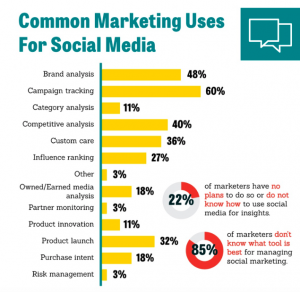
Now, obviously, tracking all of them can easily result in you biting off more than you can chew, so a good start is to focus on one, two, or three key metrics that you think is the most crucial for your brand’s success, and that you can benefit from by measuring.
The absolute biggest mistake is to hop into your social media marketing research with the ”goal” and mindset of ”let’s see what we find”.
Instead, you need to put up a thesis, an idea, and then use that to test a theory or assumption.
Set goals
When you set goals, it will be a whole lot easier measuring results. When you set goals, you know exactly what you are going to look for. Doing this will also allow you to sort out all the fluff and nonsense and identify the key market research information that truly matters to you.
The thing that makes many marketers fall short, get overwhelmed, or not be able to find what they are looking for is throwing the net too wide. In other words, Don’t try to measure everything you can come across, because not only will you become overwhelmed, but you’ll also end up measuring things that are completely irrelevant to your business and that will bring you zero marketing benefits in the long run. Sounds like a strategy you want to work with?
Setting goals should be a natural part of all marketing campaigns, not just on social media. By setting goals, you’ll have a much easier time evaluating results because you know exactly what to look at. Most importantly though, is that by setting goals, you can do your marketing research and extract key information that is incredibly valuable for the campaign you’re running and the ones you’re running in the future.
- Are you looking for qualitative or quantitative data?
- Which social media channels are you going to focus on to extract this key data?
- Which metrics are you going to focus on. Are you going to do market research on your brand, your competitors, your products, customer sentiment, or something completely different?
It’s always a good idea to have questions like these clearly defined because in the long run, the process of measuring key information will become a whole lot easier.
What should you measure on social media?
Again, the metrics that you should focus on depends on your goals and future plans. Consider what you are hoping to achieve, and then ask yourself ”What is it that will help me drive better marketing results if I know about it”.
Demand marketing the report found that the most valuable social media analytics insights are the following:
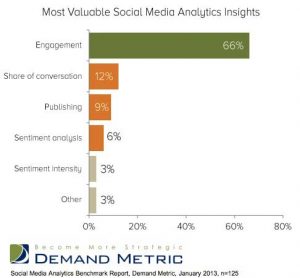
And frankly, I agree with it to a large extent. In this chart, we have all the social media marketing research metrics that are needed for making one hell of a delicious marketing research stew.
Now that you’ve somewhat defined what type of information you’re after, whether it be brand of voice or customer engagement, it’s time to start measuring.
To help you, there are a ton of tools out there that will present you key information about different things. Some tools are amazing at presenting key information about the share of voice and mentions, and others are great at listening to customer sentiment.
How to conduct social media marketing research
There are many places on which you can do market research. Heck, it’s not like social media has been around forever. Where did marketers turn to back in the days?
The benefits of using social media for marketing research are several:
- First off, it yields a high ROI. Doing social media marketing research is cost-effective and efficient.
- Secondly, it provides you with instant data. Social media is a fast-paced landscape, and things are happening at the moment, equally so the data you’re going to collect.
- Lastly, it returns results from independent environments which means you can get a better and fairer understanding of how the reality really looks in order to take appropriate action based on that.
1.Define and understand your goal
Now, you’re probably thinking ”but I just set my goals? just above?”, but these are different, more concrete goals. After all, when it’s a hands-on approach, you have to be more practical.
To begin with, you need to ask yourself what specifically you are going after and what you want information about. Of course, the question ”Are you looking for qualitative or quantitative data?” mentioned above is very helpful, but that question alone won’t be very helpful since you need something far more concrete to measure.
Here are some common and popular things that marketers often measure that gives them key information about their campaigns, future campaigns, and will help you ultimately drive better results:
- Product research
You’d be amazed at how much information and insight into your industry and target audience you can get on social media when it comes to product research. Back in the days, product research cost a lot, and the process of gaining information form your audience was expensive. But with social media, it’s a completely different story. Your target audience is literally saying things about the product you have or plan on developing without you even asking for it. Can it get any better?
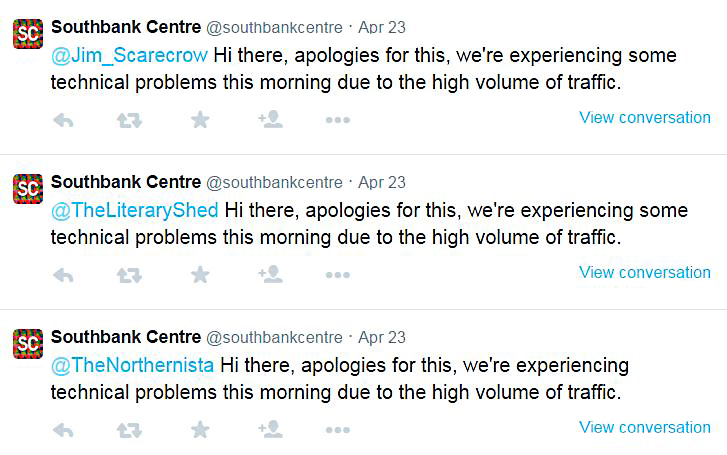
Different from what some people think, the customer is actually a part of your marketing strategy. Of course, this may not come as a huge surprise when you consider the fact that It is anywhere from 5 to 25 times more expensive to acquire a new customer than it is to keep a current one. Furthermore, U.S. consumers are willing to spend 17% more to do business with companies that deliver excellent customer service.
As such, this related very well to the quote ”Great businesses see service not as a cost, but as a sales opportunity.” The bottom line is that you should take advantage of social media marketing research for customer service and don’t neglect customer service.
- Target audience information
In other words, use social media to better understand your target audience, their needs, their wants, their opinions, and everything in between. In short, market research.
The spectrum of what you can use social media marketing research for is so wide, and only your imagination sets the limit. To make it more concrete, for example, if you’re planning on launching a new pair of basketball sneakers and you’re wondering which colors you should make, the first step is to identify the conversations about basketball sneakers. In turn, you want to filter that information to identify which colors people are talking about within those discussions and conversations.
2.Track trends
Tracking trends may or may not be the single most effective way to use social media marketing research. Again, if you do it correctly. There are several examples of brands that have done their marketing research on social media to identify key trends, and then tap into those trends and leverage them as a part of their social media marketing and even overall marketing strategies.
Many of the social media platforms offer built-in trend tracking, and even if they don’t there are several social media tracking and analytics tools out there that can provide you with this key data.
To get started, Trends on Twitter is a great tool.
A great example of a brand that tapped into trends on social media where women were receiving negativity and body pressure according to society’s stereotypes, and then leveraged it into their marketing. The result was that their first campaign in doing this gained multiple million views and a ton of exposure for their brand.
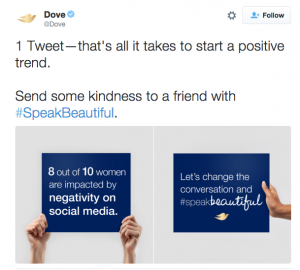
Dove tapped into the current trends on social media and listened to the conversations their target audience had. Through social media marketing research, they identified that many of them received negativity on social media, and this is something that they in turned tapped into to shed a light on. The result?
A viral campaign that exploded.
Most social media platforms, such as Twitter or Facebook, offer numerous ways to analyze trends and conduct market research. By simply searching the latest posts and popular terms, you can gain insight into emerging trends and see what customers are talking about in real-time. One example of this is conducting hashtag searches on Twitter. By setting up a few searches with hashtags related to your brand, industry or product, you can receive instant notifications when customers, clients or competitors use key terms.

The key to successfully implementing trends into your social media marketing is first being aware of the fact that they exist, but secondly, it is to be early to the party. Generally, trends die quite fast, and this means that you need to detect the trends early as well. At the same time, there are trends that have a much longer life, just like the trend that women face negativity on social media. Despite this, both of these types of trends demand you to actually listen to them in order to tap into them.
3.Understand your target audience and their language
The better you understand your target audience, the better you can create campaigns that resonate with your audience, and ultimately help you drive amazing marketing results.
Social media is the place where your target audience spends the most time. It is also the place where your target audience is the most relaxed. They chat with their friends, interact with their peers, and so on.
In other words, social media is an amazing place for listening to your target audience and understanding their true personality and voice.
Remember that I mentioned that social media is a relationship tool and not a promotional tool? Great! Because if you are going to interact with your target audience, you need to engage with them in the right way. You need to speak to them in the same language, and you need to understand their personality so you can focus on topics and using a style which they resonate with.
Just look at the tremendous success Wendy’s has had on social media because they’ve identified the voice and tone with which their target audience resonate with.

Not only will you be able to understand the brand voice your target audience is using but most importantly is that you’ll be able to identify the topics and things they’re interested in. Doing this will help you focus on topics that are relevant to your audience and which they find interesting.
For your product or service specifically, by analyzing your audience and the tone they use, you can learn what factors customers use to understand the way that they speak about your product, service or brand. Accordingly, you can take action based on this information in order to better speak directly to consumers and improve the impact of your marketing efforts.
4. Decide qualitative or quantitative metrics
When doing social media marketing research, you can choose to measure both qualitative and quantitative metrics.
Quantitative metrics on social media are often referred to as vanity metrics, and the reason is that the numbers of this metrics themselves don’t tell a lot. Instead, it is what those metrics reflect that is the interesting part.
Quantitative metrics are often things like:
- Likes
- Mention volume
- Comments
- Share of voice
- Reach
- Followers
- Shares
- Subscribers
Qualitative metrics, on the other hand, tend to be more difficult to measure, but at the same time, they tend to be far more valuable for brands in helping them take this key information to improve upon it. At the same time as quantitative metrics are ”vanity metrics”, qualitative metrics tend to be even more difficult to measure as they’re often not as concrete.
Some qualitative metrics are:
- Sentiment – what are people saying about your brand?
- Influence
- Brand awareness
In many cases, the quantitative and qualitative metrics work together with each other and support each other but not always. For example, when looking at the sentiment metric, you first look at the number of people who have mentioned you and talked about your brand (quantitative) and then look at what those people say about your brand (qualitative).
5. Decide your social media channels
First of all, not all people are using all social media platforms.
Right now, you’re probably active on a few social media platforms, and as such, you’ve probably done research about where your target audience spends the most time.
But it can also differ between which social media platforms that you should be active and run your campaigns on and which social media platforms you do your social media marketing research on.
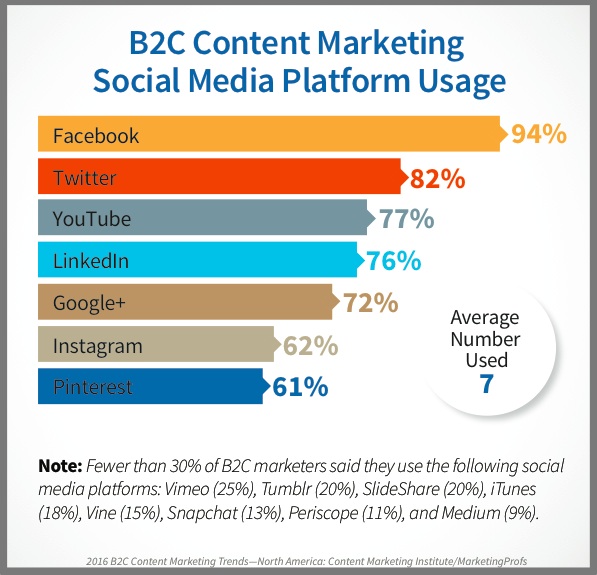
Some social platforms have amazing and detailed built-in research tools that will help you out along the way and to access your information, but the most important part is that you understand that different social channels have different user demographics as well as different behavioral norms for the channel. This is why some social platforms might not be relevant to you at all, while others are crucial for your measuring.
6.Evaluate and measure in real time
The huge benefit of social media marketing research is that you can conduct market research within a matter of minutes. More traditional market research studies, on the other hand, often takes months to plan, and are slow and non-agile. With traditional marketing research, you cannot operate quickly as the operations are like big heavy machines or organizations, but with social media, you have a completely different possibility, and this is something that you should take advantage of with social media.
As such, make it a habit to regularly evaluate and measure as opposed to doing it infrequently and from time to time. Make it a habit to always stay on top of your industry and keep track of what is going on, and you’ll be much better prepared for winter when it arrives, as well as ready for battle at any time.
All parts of the marketing process demand measuring – from customer service to product launches, so make sure you continuingly track what is happening in your space on social media.
7. Don’t try to go viral
We all dream of that ”overnight success”. Wouldn’t it be nice to wake up one morning with millions of notifications and the smell of having gone viral?
Yes, all of that would be amazing, but unfortunately, the vast majority of pieces of content and strategies don’t go viral. At the same time, brands are investing a ton of resources, time, and energy, into campaigns that are meant to go viral, but since most of the time they don’t, it’s a huge waste of time, as you’ll be better of just creating kick-ass campaigns instead of focusing on going viral.
Yes, social media marketing research will allow you to determine what is about to go viral, but don’t make the mistake and approach your data trying to hit a home run. Instead, take the information and try to service your target audience with amazing content.
8. Be selective and clean your data
Before you begin, it’s crucial to be aware of the fact that there’s a ton of spam and irrelevant content on social media. As such, you need to circumvent measuring and looking at this information since it will only steal your time and focus. Make sure you filter the gravel and save the gold. Learn to differentiate crappy information an insights from valuable key data. about your audience.
9. Identify keywords related to what you’re going to measure
Keywords are in many cases going to be the most important part of your social media marketing research.
The reason is that the programs and tools with which you identify conversations and listen to what people are saying about your industry mainly listen to particular conversations based on keywords. With Twitter advanced search, for example, you look for conversations to identify conversations that include specific keywords, and the social listening tools work in a similar way.
Therefore, define the topics and keywords that your target audience is using the most, and then make it a habit to regularly check these to stay up-to-date with what is happening in your industry.
Conclusion about social media marketing research
Social is one of the best, if not the best and most effective place to extract key information about their target audience.
Back in the days, extracting key information about customers and the market through market research was a lengthy and expensive task that could take months. Today, people share more information about their lives, and they share more information than ever before. For you as a marketer, this is a tremendous opportunity, as never in the history have you been able to extract such detailed key information about your market, brand, and customers in such an effortless and effective way as on social media.
You can use social media to extract and access essentially any type of information for your market research which, can ultimately be used to help you drive better marketing results.
Social media marketing research is cost-effective and a tremendous tool to understand the market and for activating accordingly.


